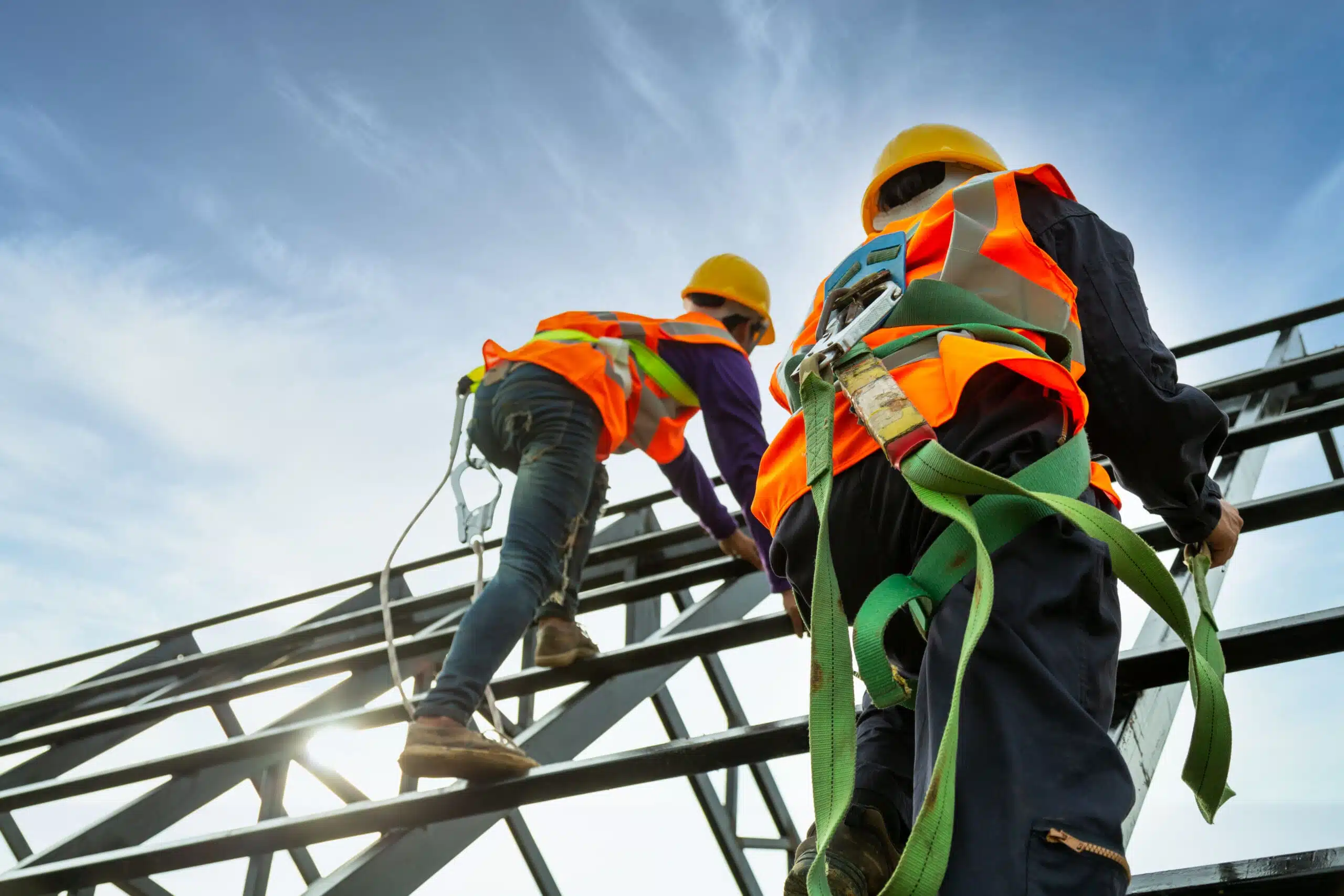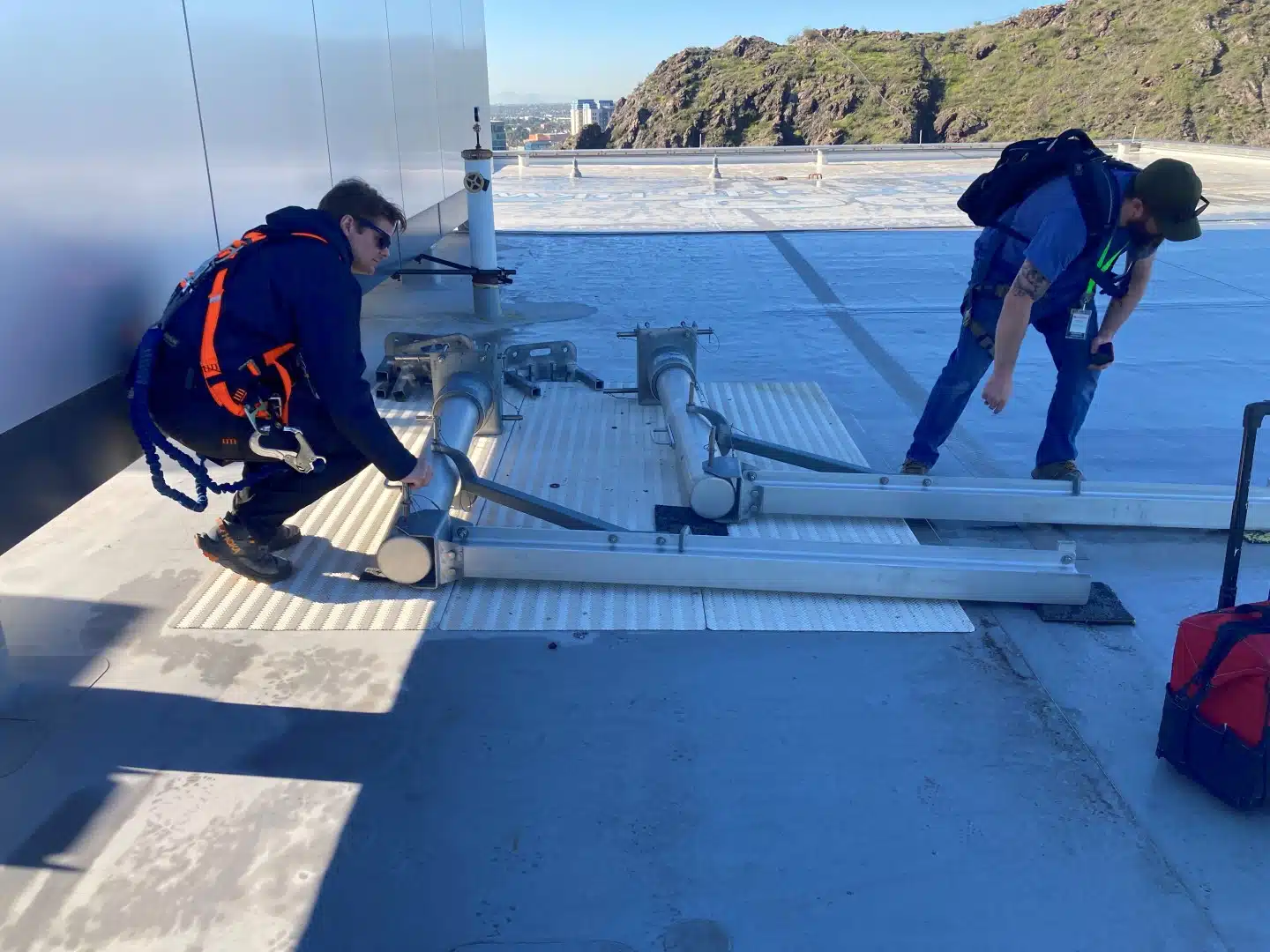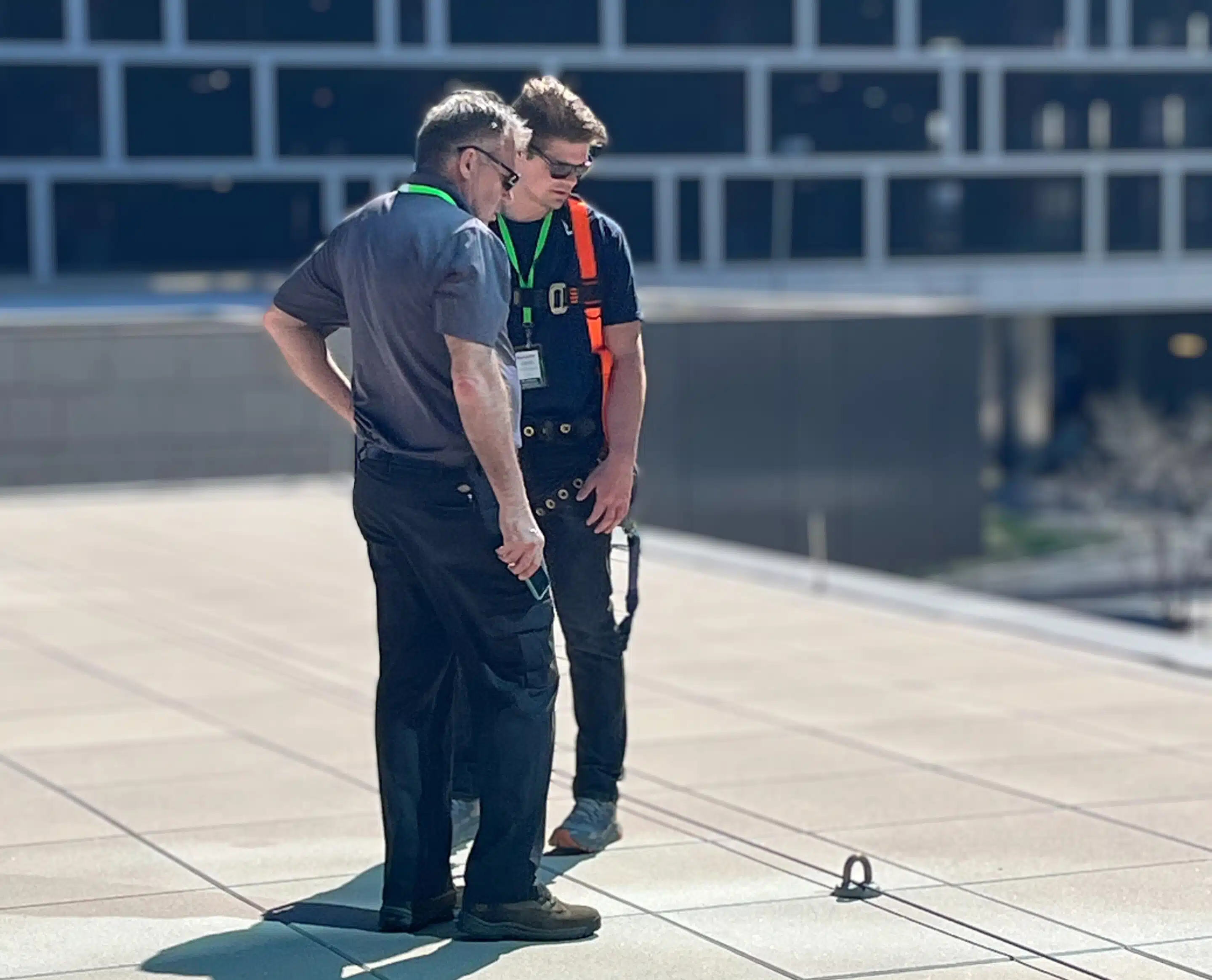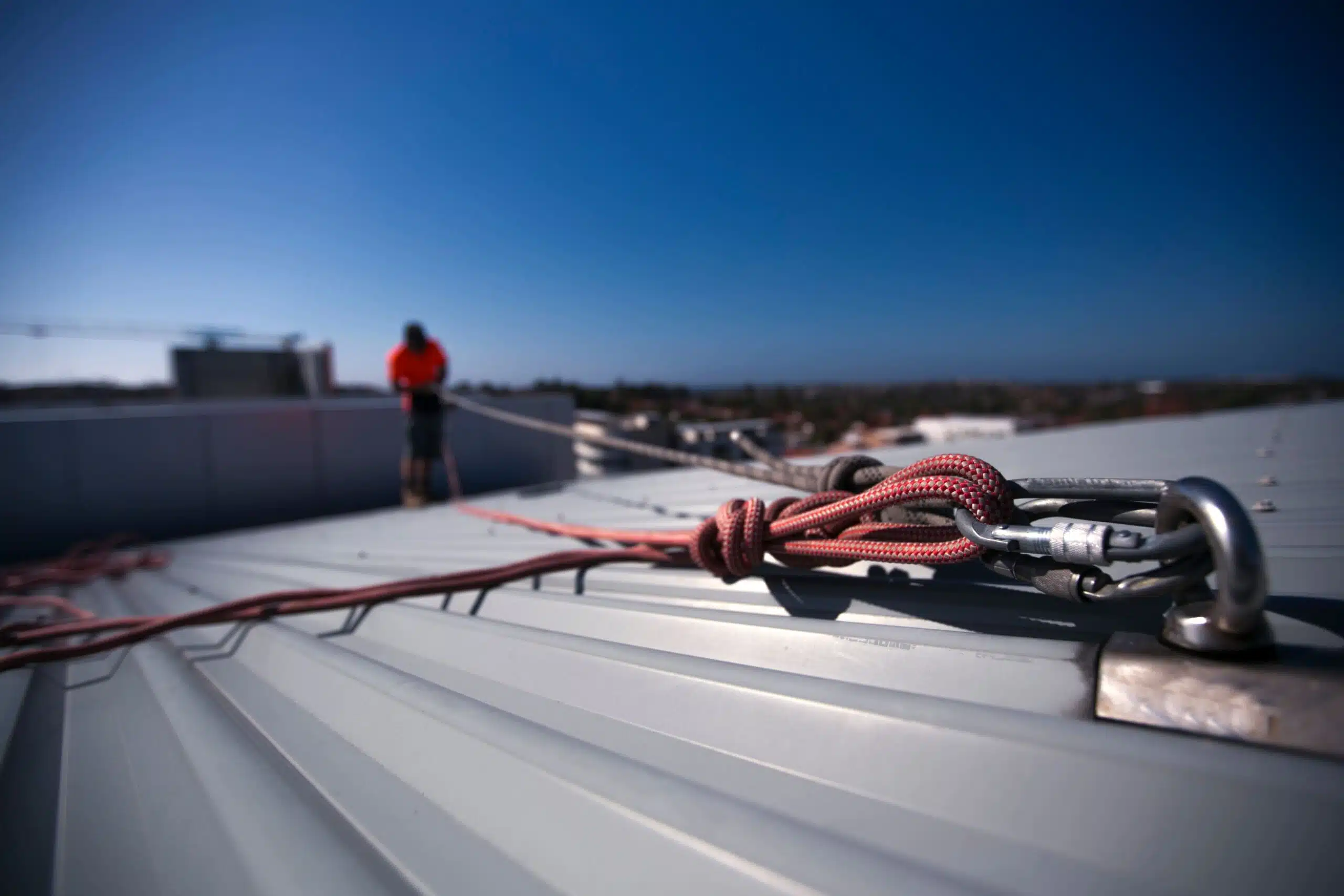Navigating rooftop fall protection: Understanding liability
In building management, ensuring the safety of workers is of utmost importance. Rooftop fall protection, in particular, is a critical aspect of occupational safety, and understanding the liability for rooftop contractors is a key responsibility for business and building owners. There are many levels of liability for rooftop and façade access workers safety and, ultimately, everyone could be liable in some way, starting with the building owner, the property manager, building engineering, the inspectors, the contractor, and the worker themself. Wikstrom Engineering Consulting, PC employees possess high professional integrity, ensuring safe testing and inspection practices in accordance with OSHA regulations that can help eliminate the need for litigation and debate.
The Shared Responsibility of Safety
The issue of liability for rooftop contractors is not a straightforward matter, however. Instead, it involves a shared responsibility among all parties involved in the maintenance work or construction process. While contractors play a crucial role in ensuring the safety of their workers by insisting they only work on buildings that have been properly tested and inspected, property owners, building engineers, the workers themselves and even manufacturers of safety equipment also have roles to play in creating a safe working environment.
Contractor Responsibility: the direct defense
Contractors, being directly involved in the execution of the work, bear a significant portion of the responsibility for rooftop fall protection. They are expected to implement comprehensive safety measures, conduct thorough risk assessments, and provide adequate training for their workforce. This includes the use of proper personal protective equipment (PPE), such as harnesses, guardrails, and safety nets.
Moreover, contractors must adhere to industry standards and regulations set forth by occupational safety agencies. Failure to comply with these standards not only could jeopardize the safety of workers but also expose contractors to legal liabilities. While anchor and davit testing may be an additional cost many building owners and property managers would rather not pay for, it’s extremely important for contractors to limit their liability by insisting they don’t work on buildings with equipment that have not been properly tested and certified.
Property Owner Liability: ensuring a safe working environment
Property owners hold a large responsibility for rooftop safety. As property owner, you must provide a safe working environment and ensure that the structure of the rooftop and all anchors, davits, BMUs, and tie-offs meet OSHA and local safety standards. You should be working with a consulting firm like Wikstrom Engineering for regular testing, inspections, maintenance, and repairs to prevent hazards that could lead to falls. Detailed and up-to-date logbooks and records are equally important to limiting liability.

Wikstrom Engineering takes a professional approach to both the testing and the record keeping so everyone involved knows the status of rooftop tie-offs safety before starting any rooftop or façade work. Property owners should collaborate with property managers and contractors to establish and enforce safety protocols. Clear communication between property owners, property managers, and contractors is crucial to align expectations and ensure that both parties are actively contributing to a safe working environment.
Property Managers and Building Engineers
Property managers and building engineers are a key link to limiting liability for both building owners and contractors. They are responsible for bringing the need for tie-off testing and inspections to the attention of building owners, getting costs into the annual budget, and scheduling the work annually. Often building owners only learn of their responsibility for rooftop and façade workers safety by property managers bringing it to their attention. Too often, like insurance, many don’t realize how important testing and inspecting safety equipment is until an accident happens.
Mitigating Liability: best practices for rooftop fall protection
To navigate the complex network of liability in rooftop safety, it’s essential to implement best practices that reduce risks and enhance safety:
- Comprehensive training
Ensure that workers receive thorough training on rooftop fall protection, including the proper use of safety equipment, emergency procedures, and the need for up-to-date tie-off testing. - Regular inspections and certifications
Conduct OSHA regulated testing, certifications, and annual inspections of the rooftop safety equipment to identify and address potential hazards promptly, including damaged or worn anchors, poorly designed tie-offs or davits, and other dangers. This can be handled by a knowledgeable and experienced third-party organization like Wikstrom Engineering Consulting. - Regulatory requirements
Require your contractors and building owners to abide by OSHA regulations and all applicable federal and local standards and requirements. It’s the right thing to do to protect workers and you want them to know that you expect it. - Documentation
Keep detailed records and logbooks of safety protocols, training sessions, certifications, inspections, and any incidents that occur. Proper documentation can serve as evidence of compliance in the event of a liability dispute. Wikstrom Engineering provides this documentation as part of their inspection process for your ease and peace of mind.
As a property owner, you should face minimal liability for rooftop contractors and safety issues. The key word is “should”—don’t let poor planning or improper processes introduce unnecessary risk. Ultimately, the commitment to rooftop safety that employing a consulting firm like Wikstrom Engineering provides not only protects workers, but also minimizes your risk of legal liabilities in the event of an unfortunate incident.
Contact Wikstrom Engineering now to ensure safe practices and minimize rooftop safety risks!
Wikstrom Engineering Consulting, P.C. has over 14 years of experience and clients across the country—we perform over 375 inspections annually to ensure the safety and compliance of rooftop fall protection systems. Put your employees in the hands of experts you can trust.




